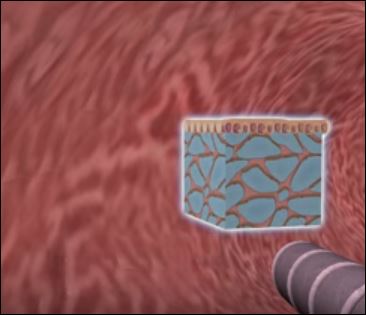New Delhi: Researchers from New York University’s School of Medicine have possibly discovered a new human organ, “interstitium”, that is said to be one of the largest organs. The study published in the journal Scientific Reports on March 27, said: “The new organ is everywhere; just below the skin’s surface, surrounding arteries and veins, casing the fibrous tissue between muscles, and lining our digestive tracts, lungs, and urinary systems.”
The study further said “It looks like a mesh. The interstitium is a layer of fluid-filled compartments strung together in a web of collagen and a flexible protein called elastin. Previously, scientists thought the layer was simply dense connective tissue.”
According to scientists, the organ was mistaken as connective tissues till now, as this is how tissues were studied. But when thinly sliced samples put under a microscope and treated with chemicals, researchers could identify the key components. Without any fluids the compartments collapse, leaving the whole structure flattened.
Instead of dead tissues, scientists used a special live imaging technique called a Probe-based Confocal Laser Endomicroscopy (pCLE) to find the new organ in various parts of human body. The study also said that interstitium can compress or expand in size that it could serve as shock absorbers.
“This finding has potential to drive dramatic advances in medicine, including the possibility that the direct sampling of interstitial fluid may become a powerful diagnostic tool,” Dr Neil D. Theise, a professor in the Department of Pathology at NYU Langone Health, and one of the co-authors of the research said.

